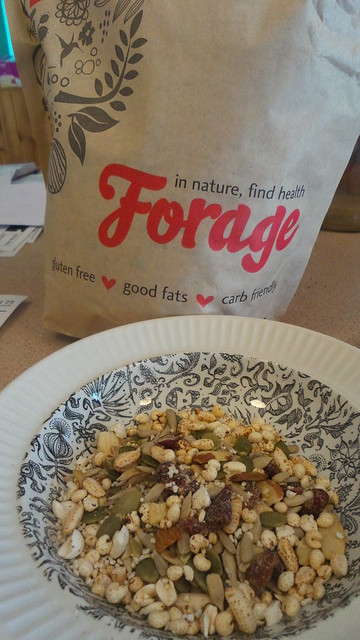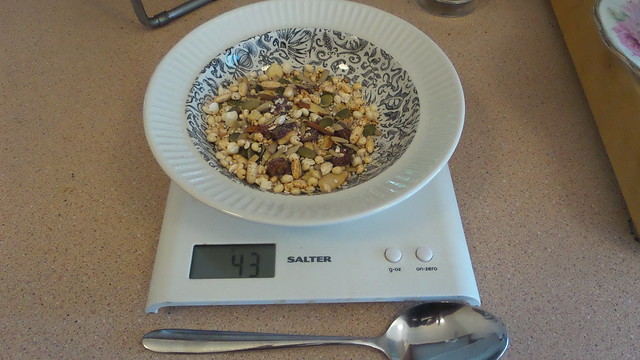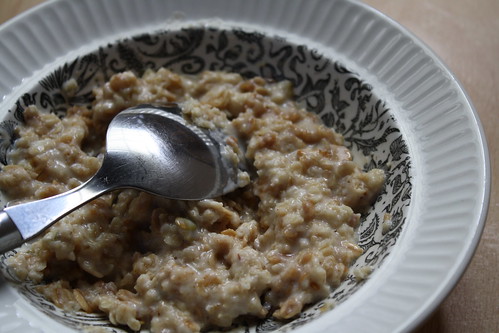Disclaimer: I was sent the cereal to road test. Check out the full range at foragecereal.com.
Once upon a time I used to make my own cereal. I actually found it a very quick process (I used bran flakes from a health food store as the base) and was able to customise it to my taste exactly. It wasn’t cheap and it obviously took more time than picking up a pack of something but after a good year or so of eating my own cereal it was really noticeable how sweet commercial cereals were.
The upshot of that is that I rarely eat commercial cereals now – the exception being the extremely low sugar offering my small child eats. So when the Forage PR team got in touch I almost turned down the offer of the cereal because I thought it would not be my thing at all. However, when I saw that the cereal was also gluten free I reconsidered my position (regular readers will know that a relative of mine is a coeliac).
Forage was developed by an Australian naturopath and chiropracter and now comes in four formats – the standard cereal, a bircher, a porridge and Forage Paleo. No matter how hippy or faddist that might sound, the products are based on the idea that they should be a good balance of protein, fat (good fat, of course!), fibre and carbohydrates.
The cereal’s ingredients are: almonds, pumpkin seeds, sunflower seeds, dried cranberries, and puffed brown rice, quinoa, millet, amaranth and buckwheat. All the grains are organic. There’s no added sugar (perhaps that’s stating the obvious).
I have really enjoyed eating the cereal. I just plonk some standard cows milk on it and off I go – but those with a healthier bent could add an alternative milk, yoghurt or fruit. I like that it’s not overly sweet and I think the fact that it has some texture and you actually have to chew it is a good thing – far too much cereal turns to pap two seconds after you add milk.
The recommend serve is 40g (see above for how much this is) which I didn’t find was enough to last me through til lunch. I ended up going for a whole cupful (closer to 100g) which did the job – this is obviously something you’ll need to experiment with yourself.
One word of warning though – if you’re not vigilant about ensuring the bag’s ziplock is well closed you’ll find that the cereal does go soft quite quickly. You can solve this by decanting the cereal into an air-tight plastic container when you open it (or by making sure you close it properly). While the cereal tastes fine if you do stuff up like this, it tastes better when it’s crispy!
All the products are widely available (and, of course, you can purchase on line) and while they’re not cheap (a 1kg bag of the cereal is around $30) you’ll be spending a lot less than heading out for a muffin and coffee every morning.
And it’s much better for you.




